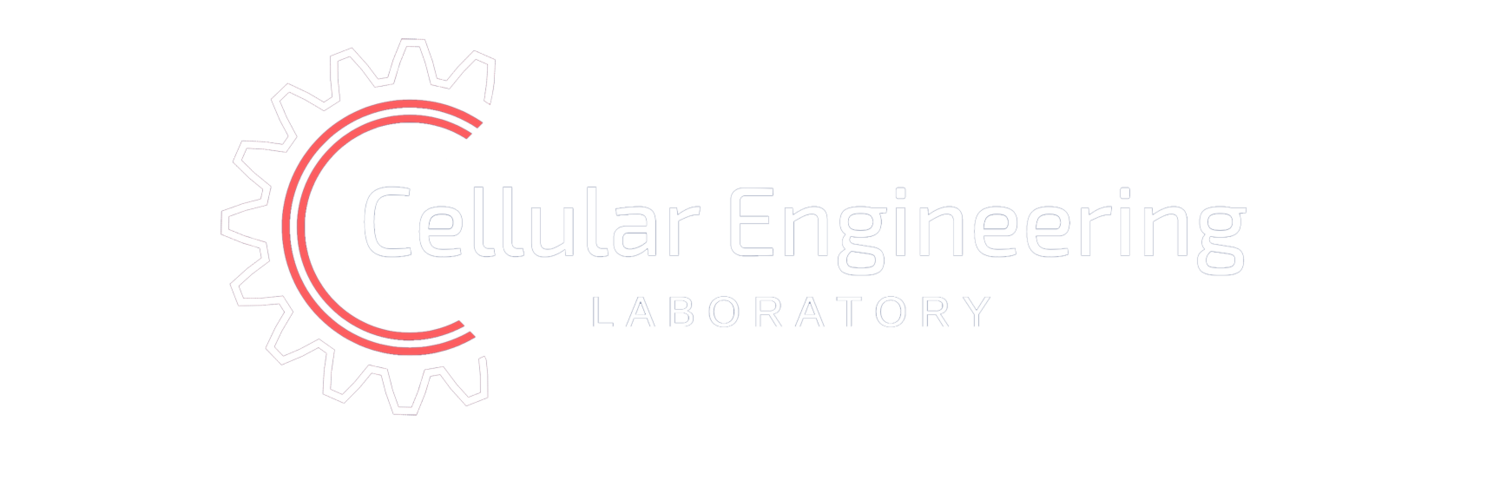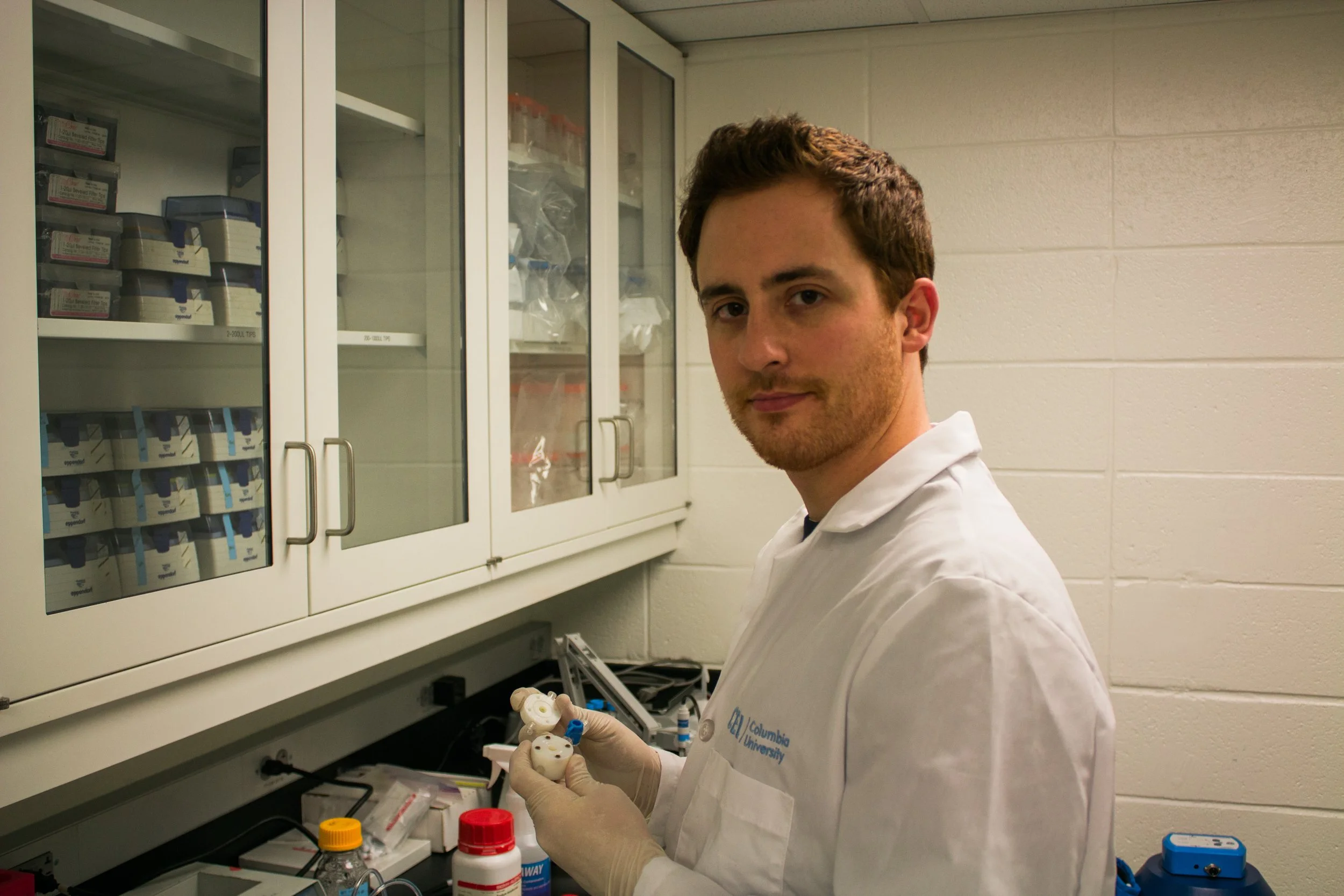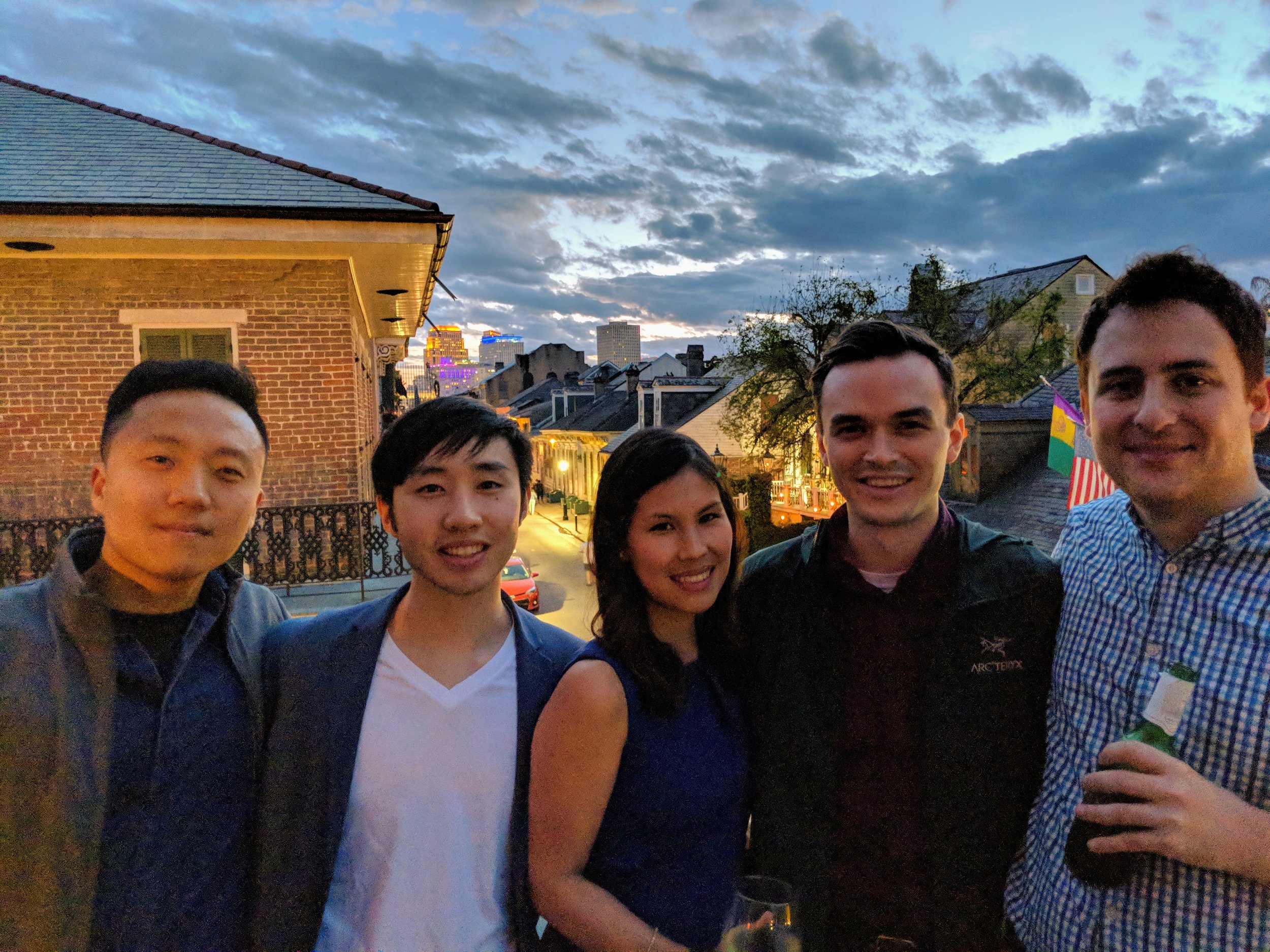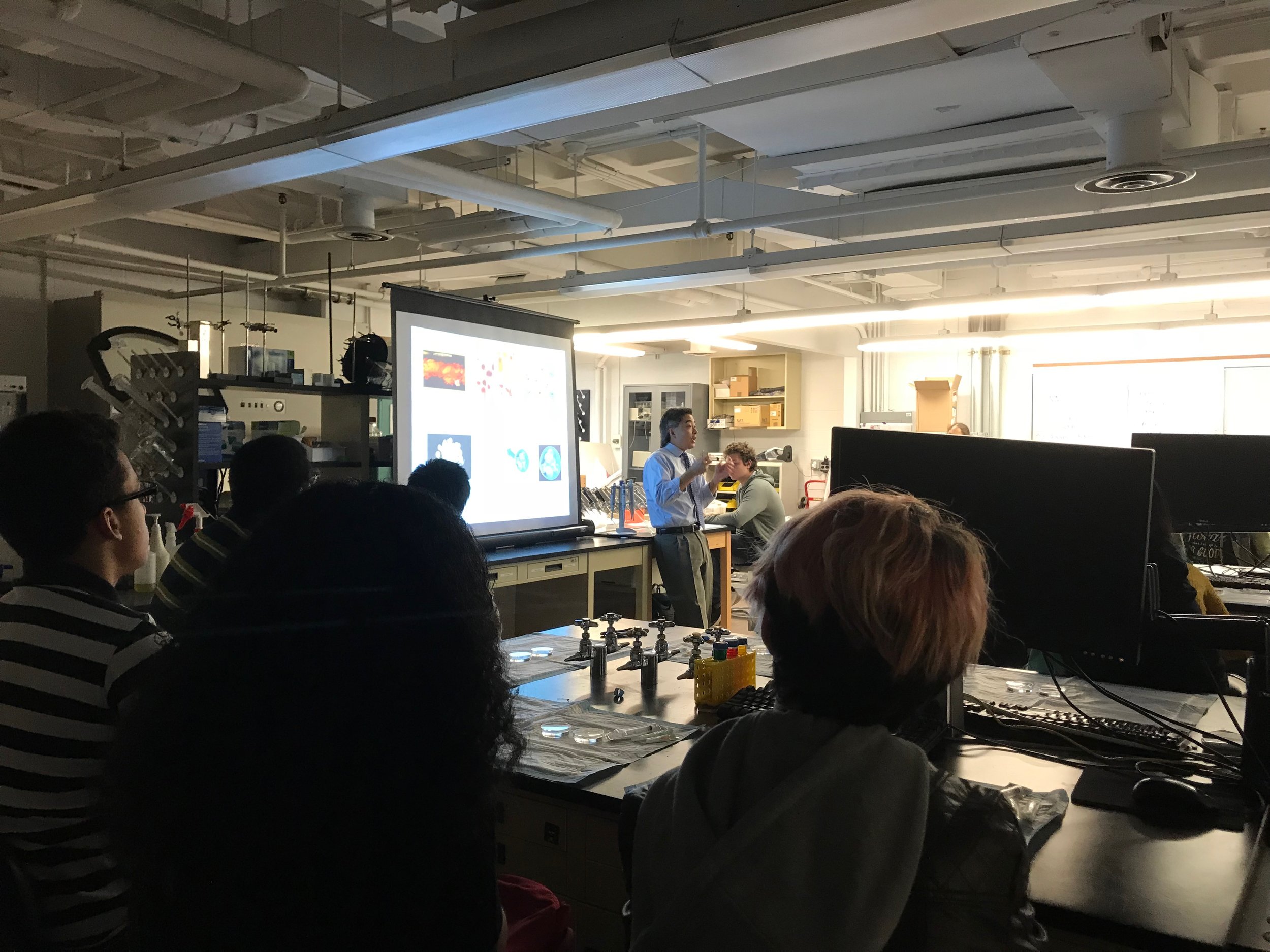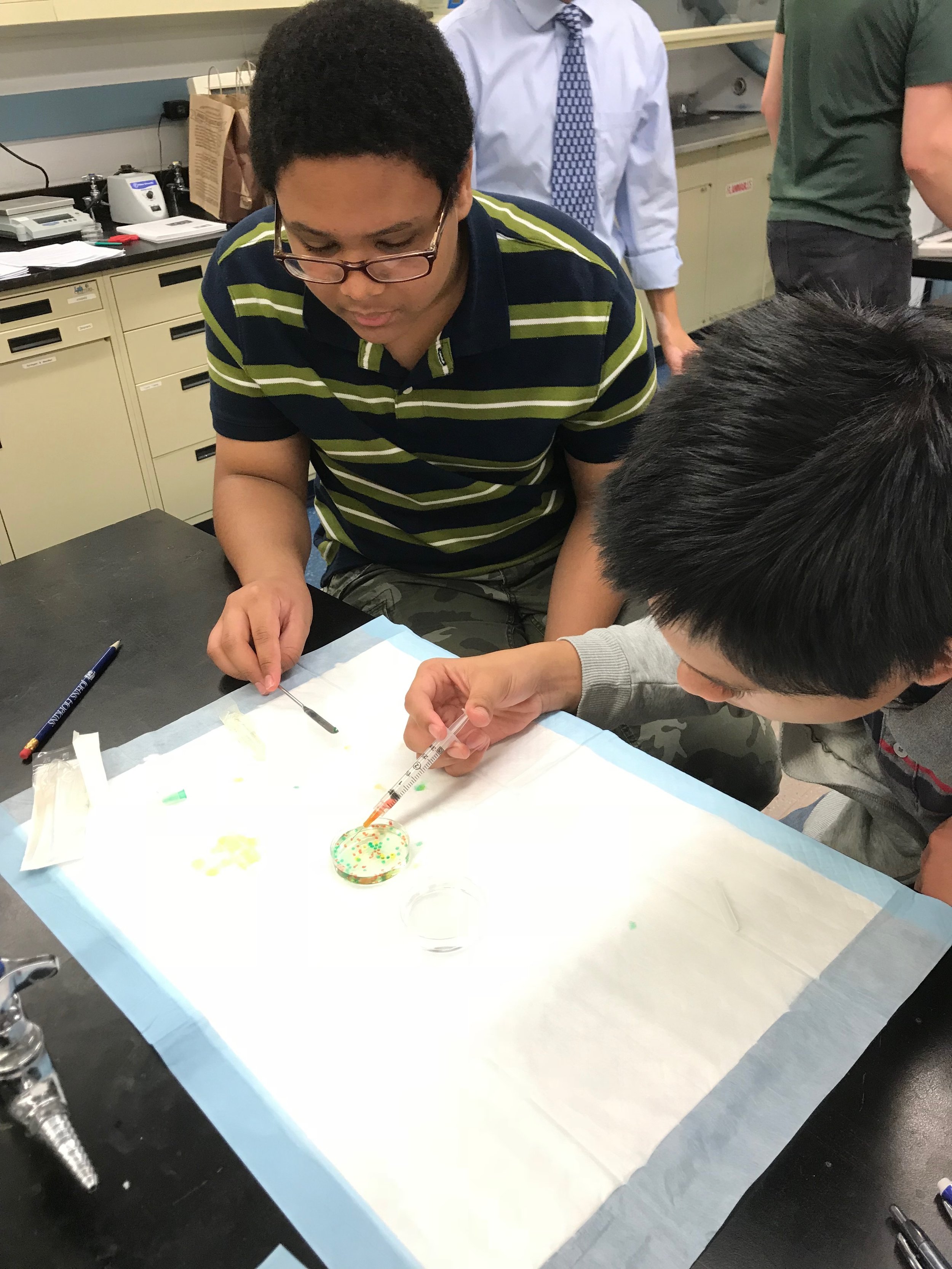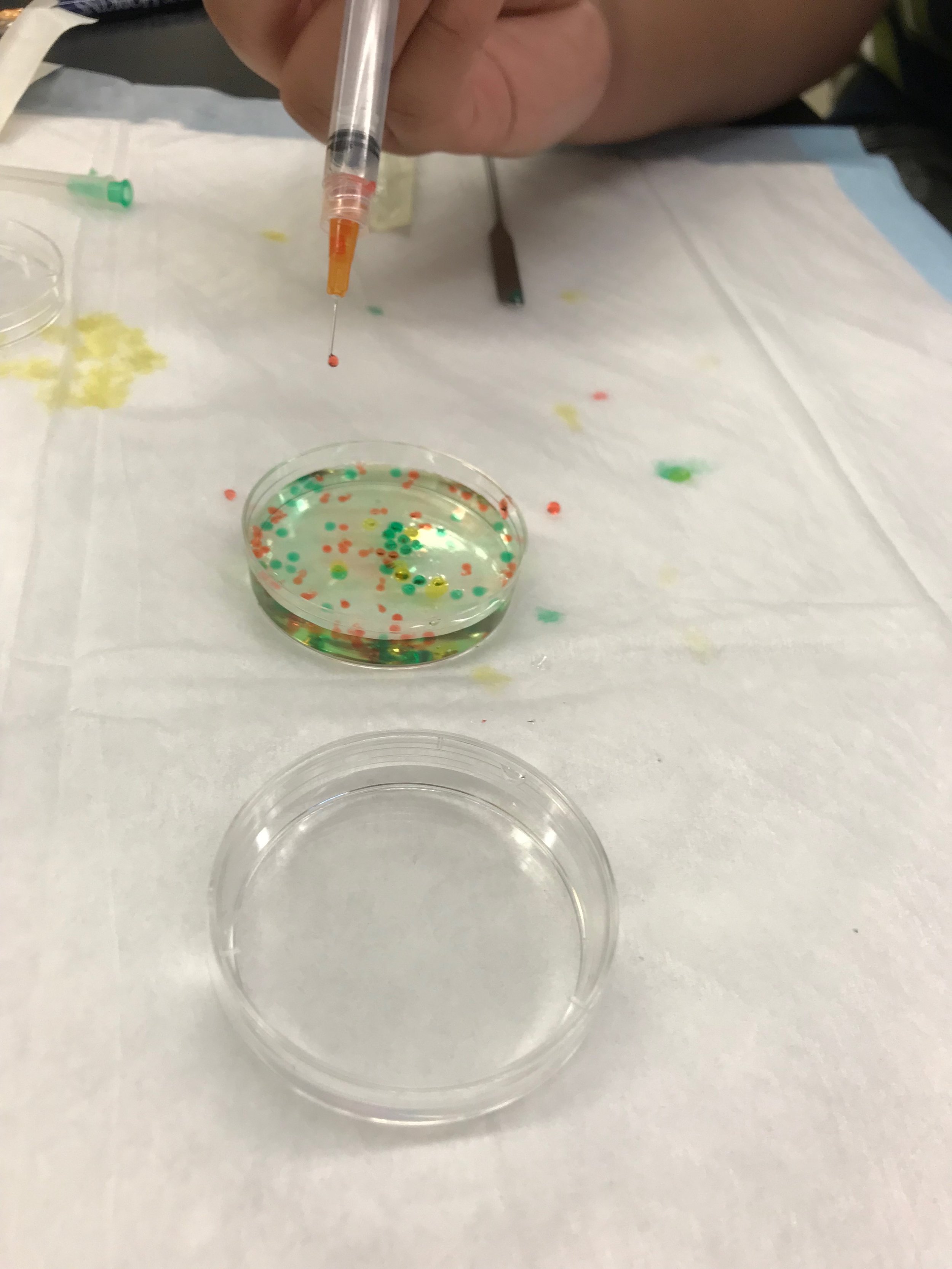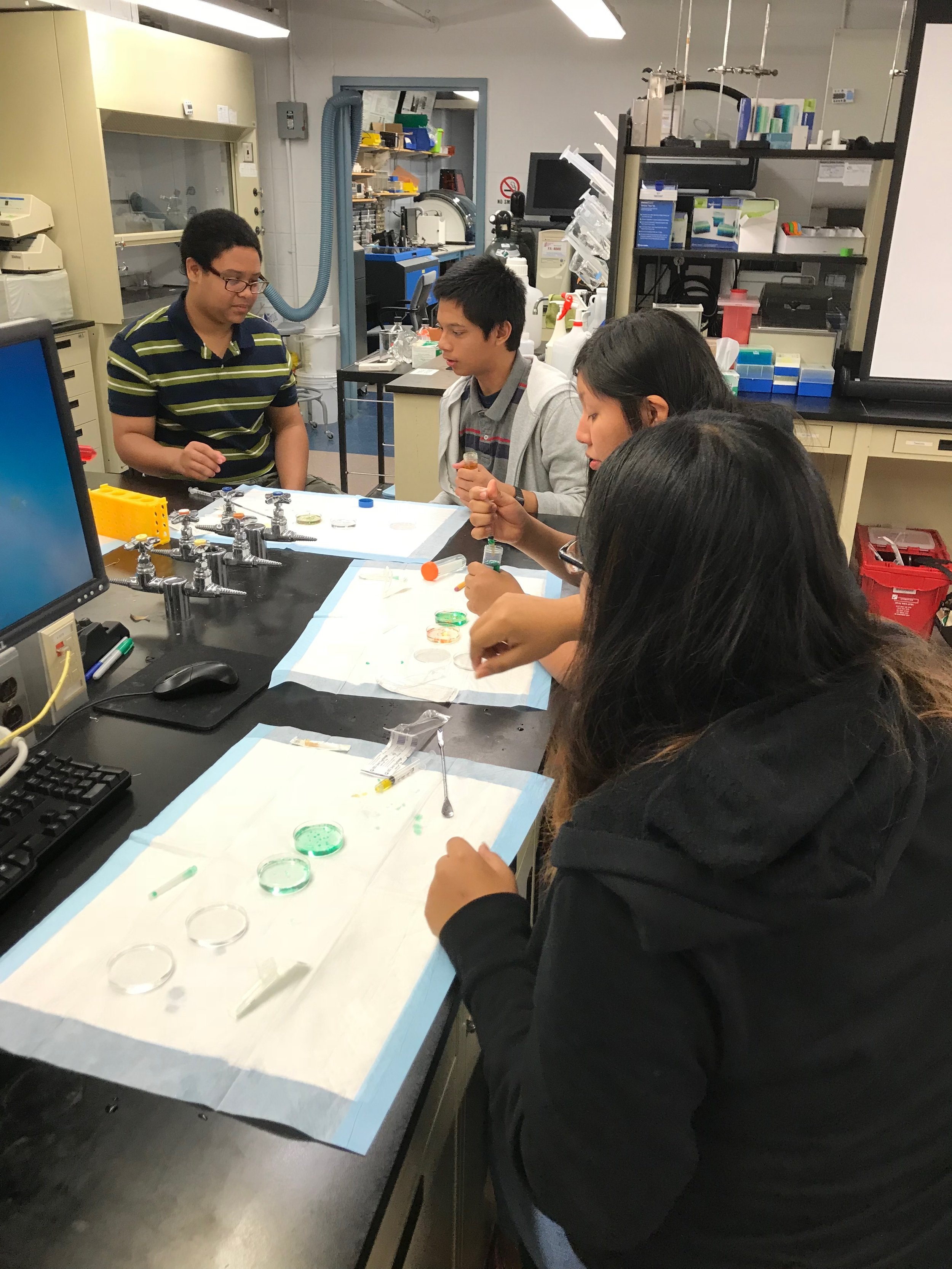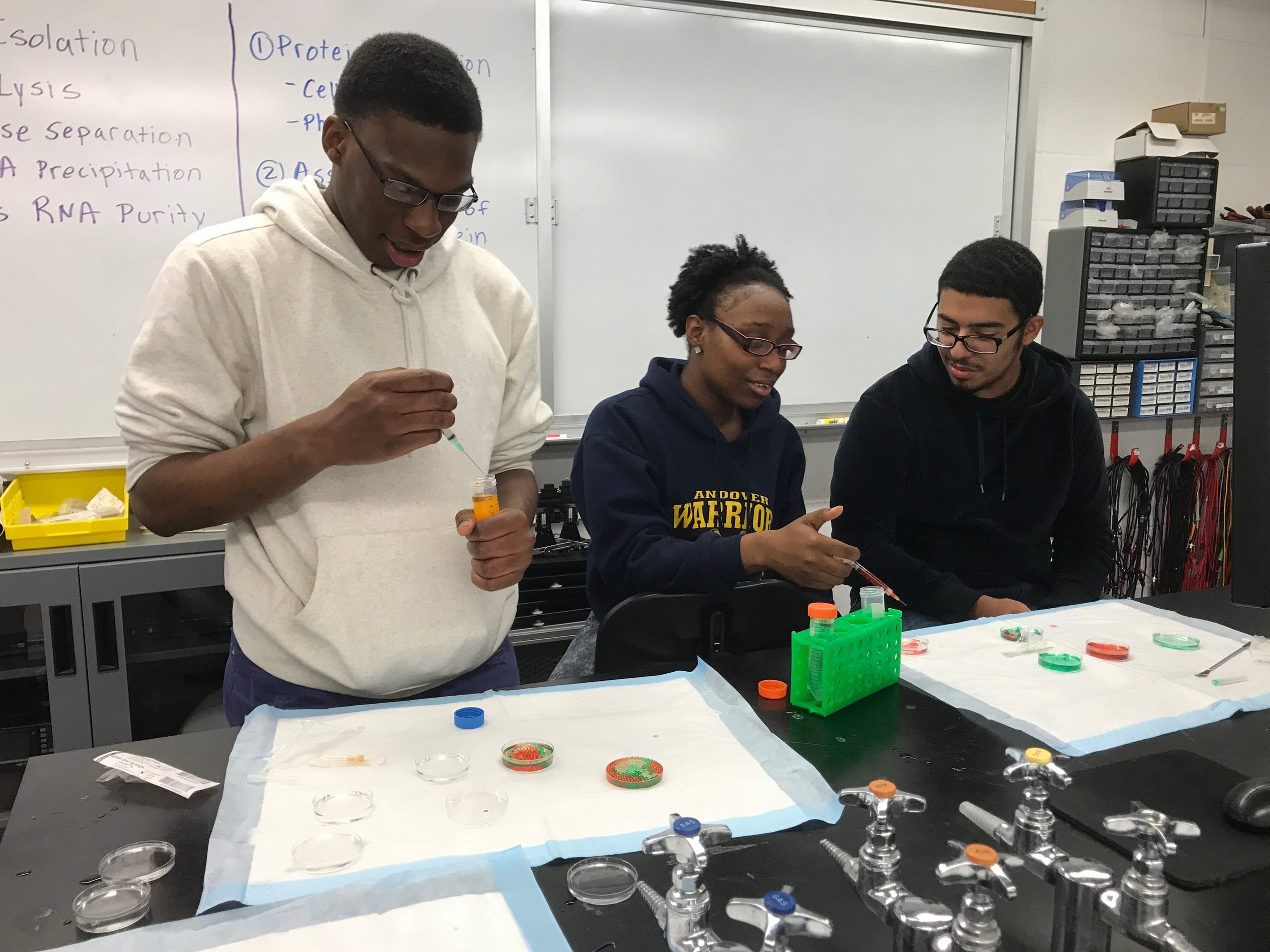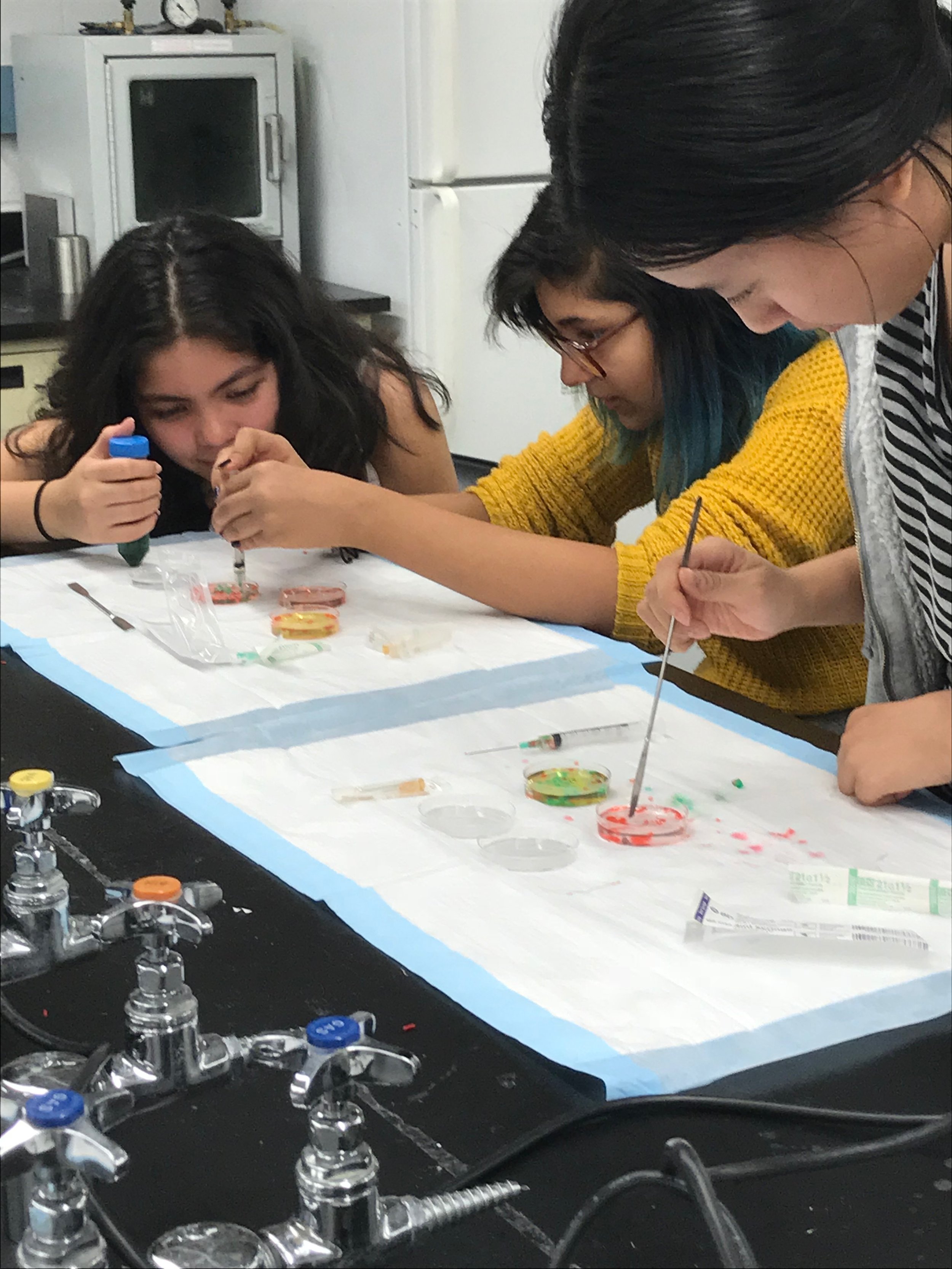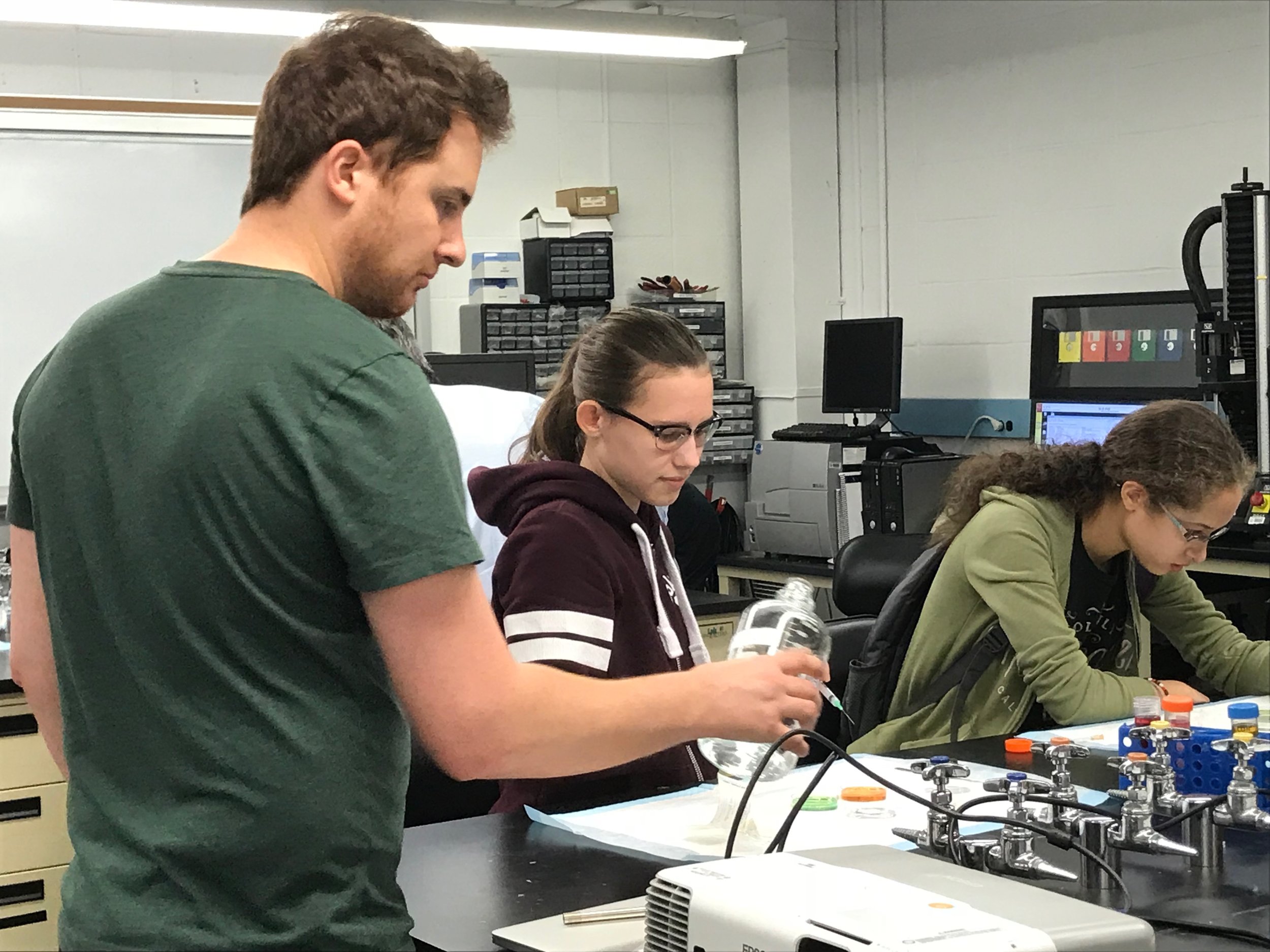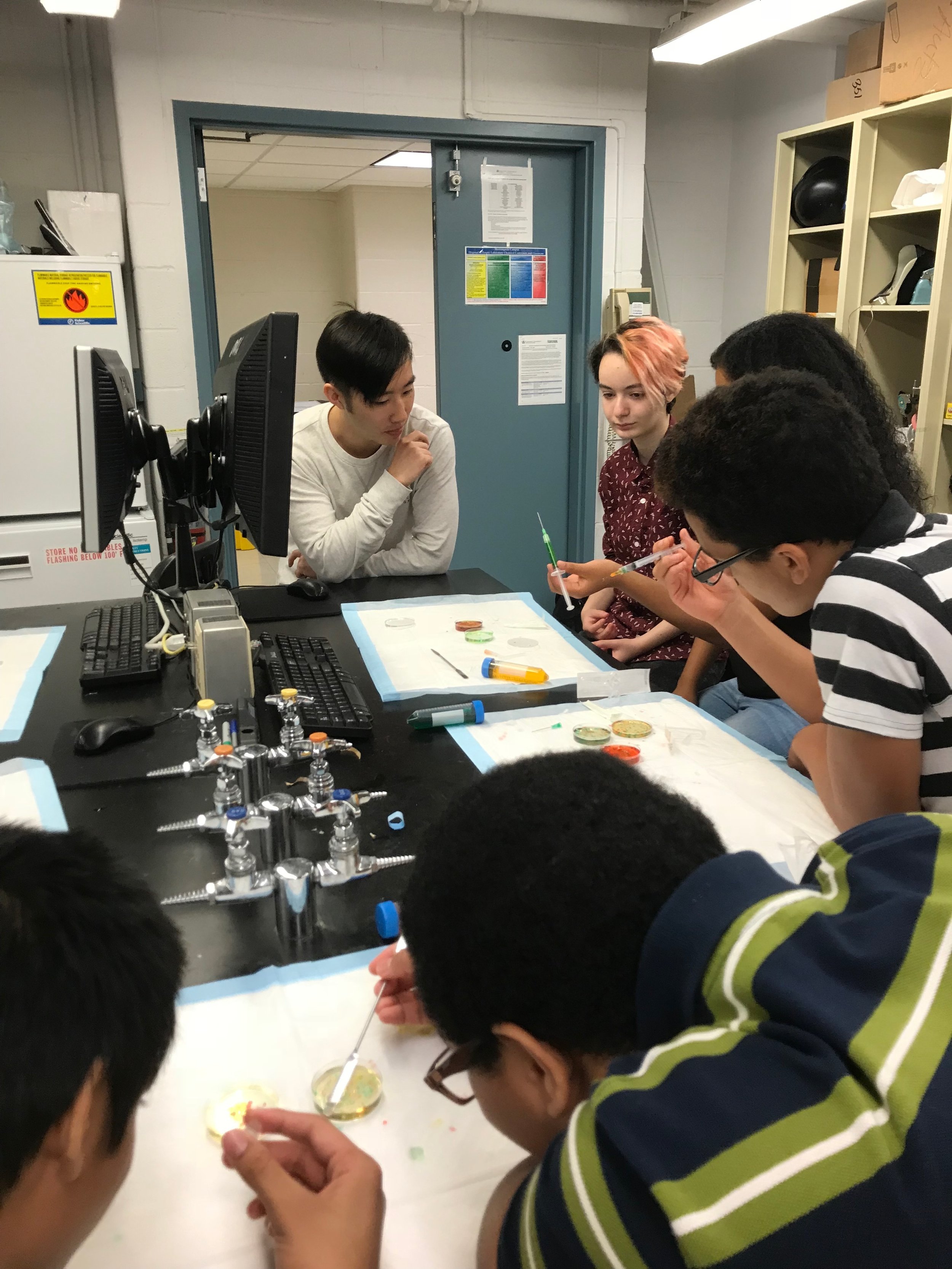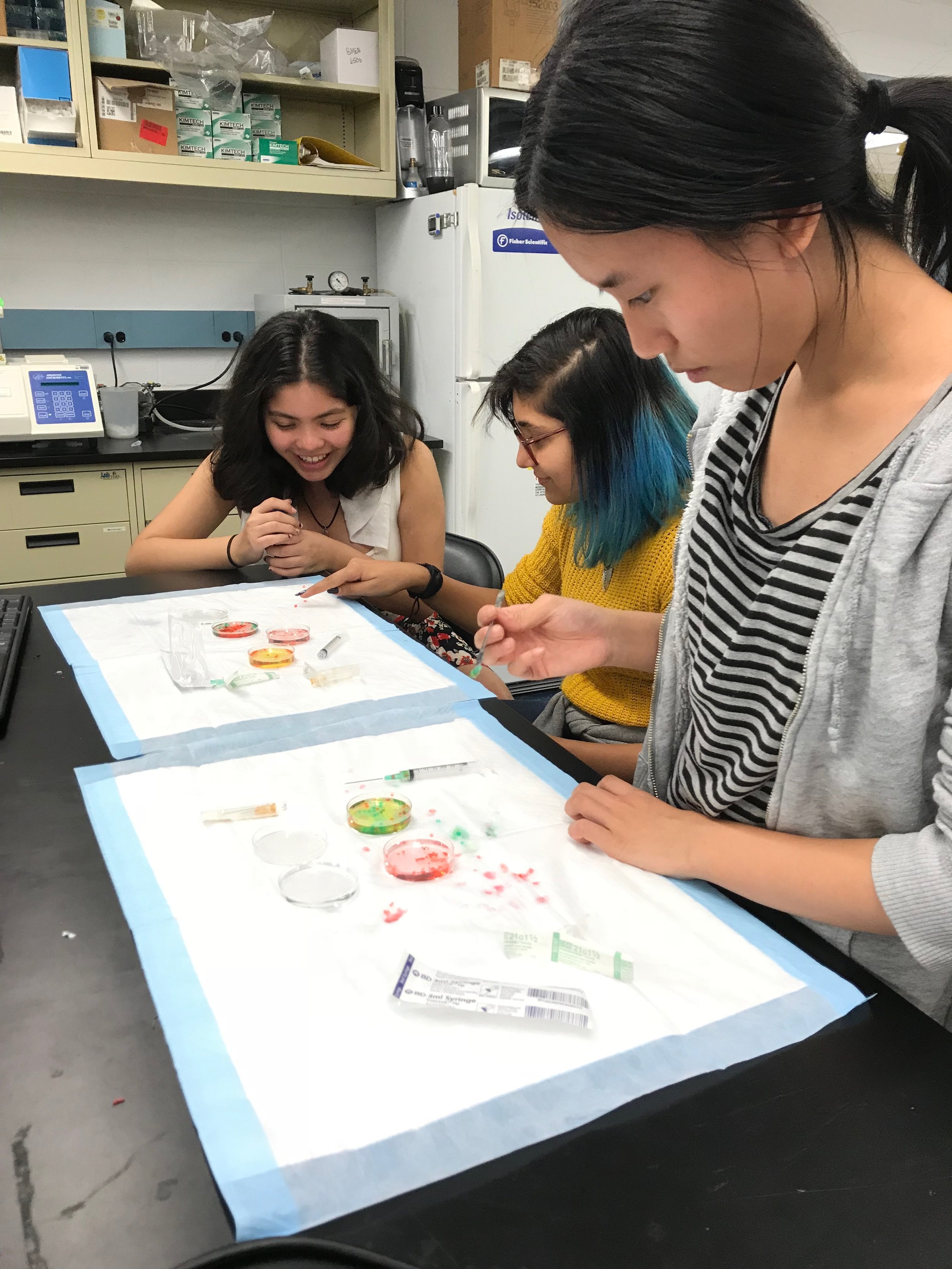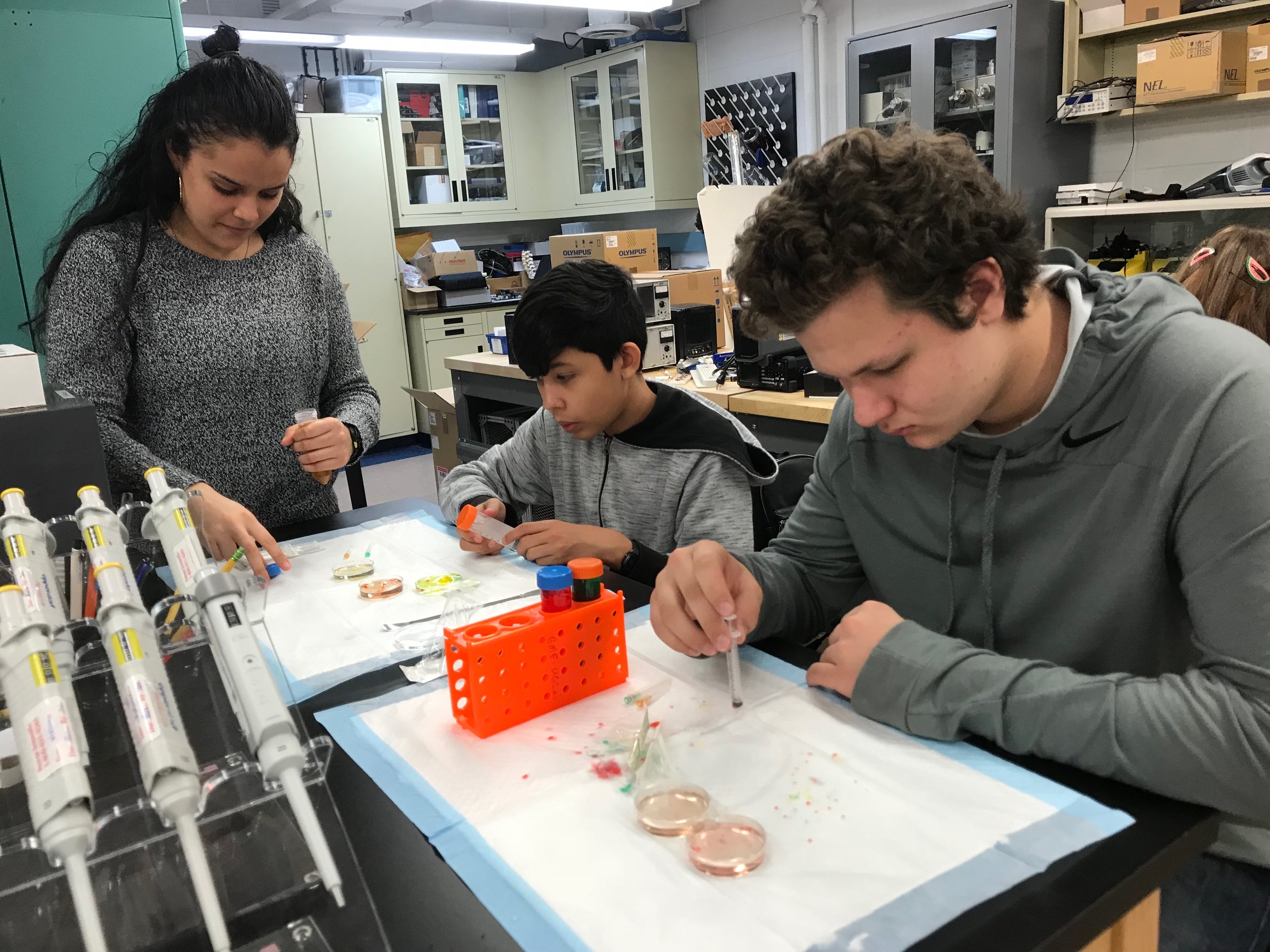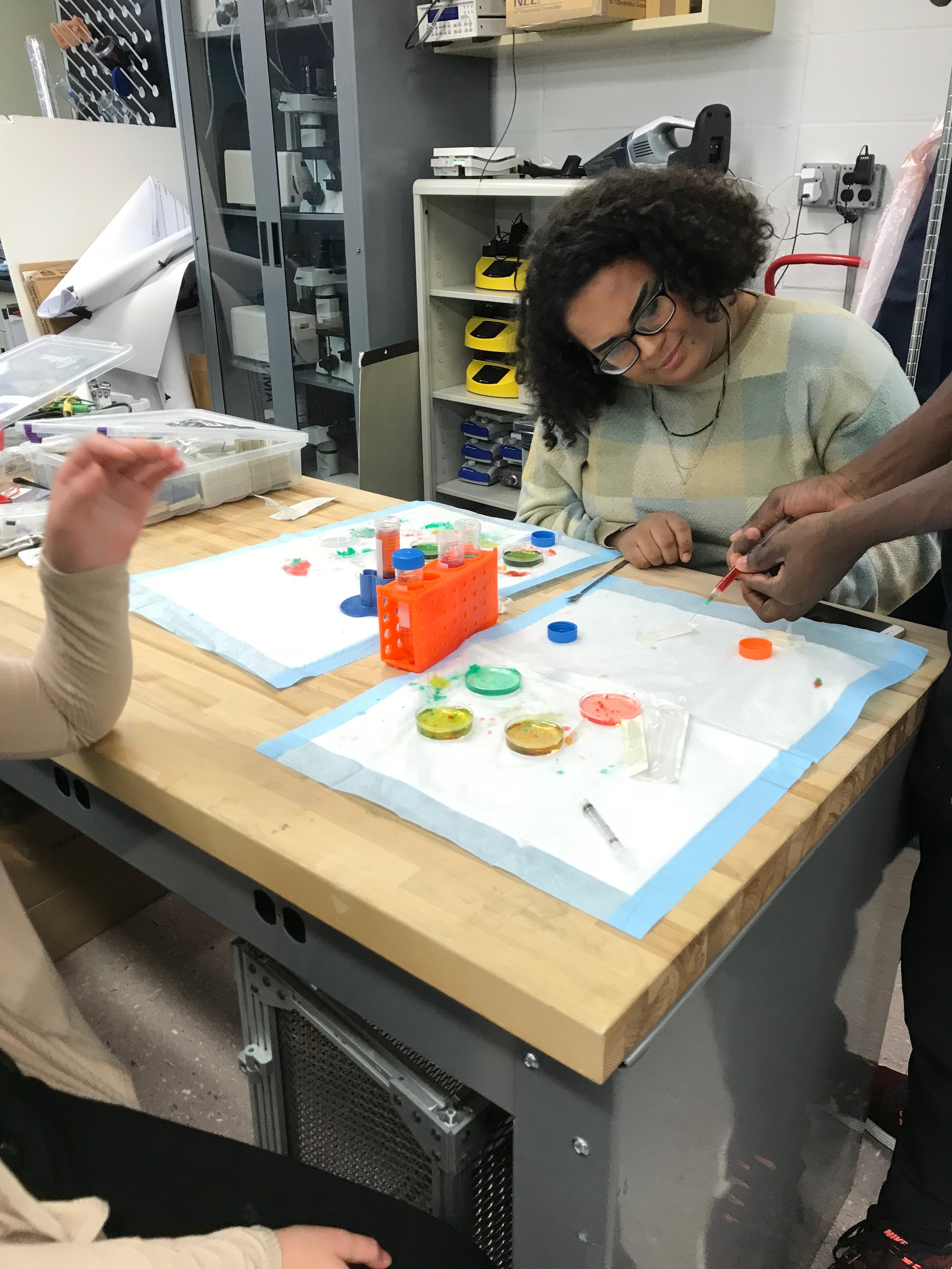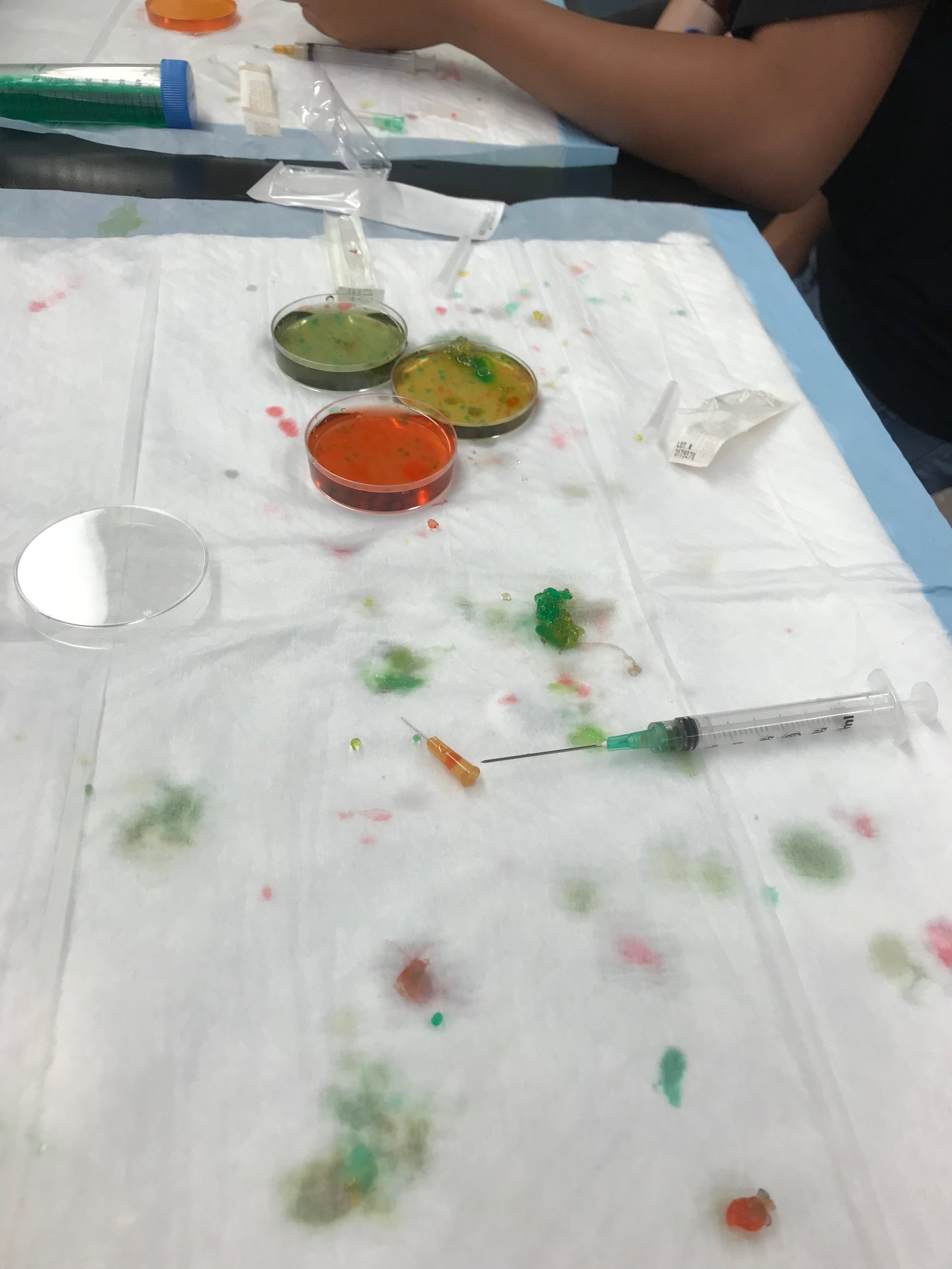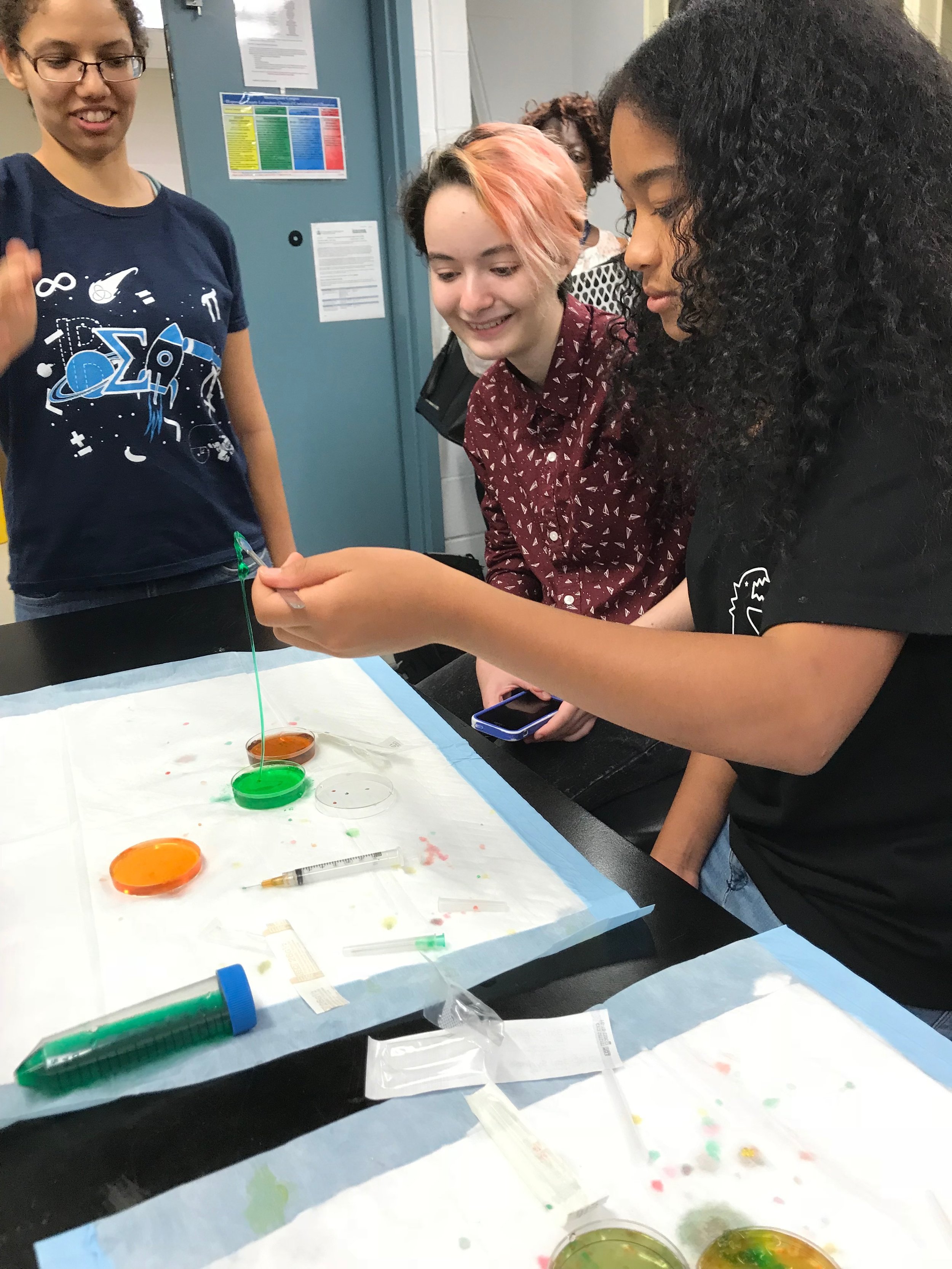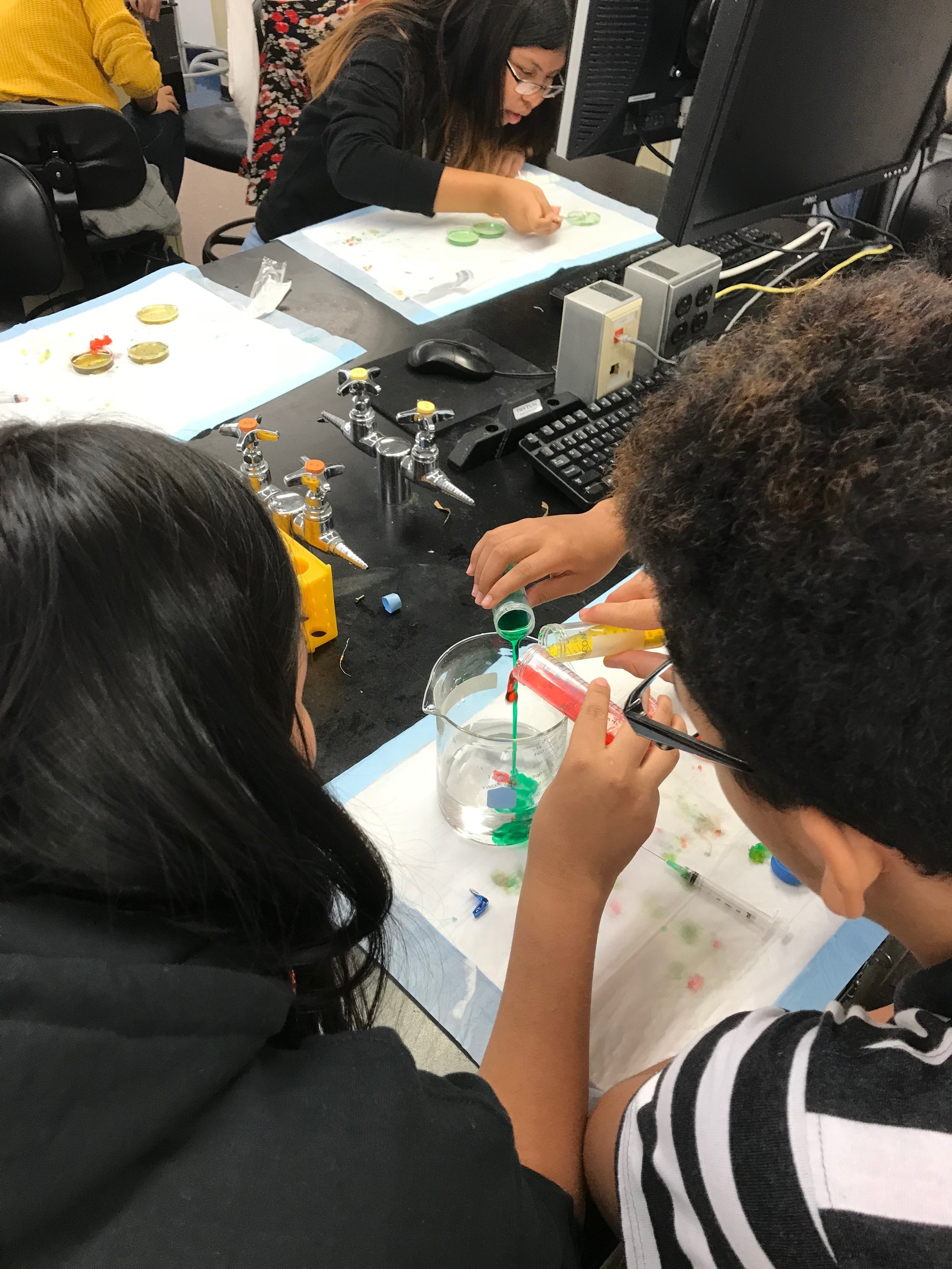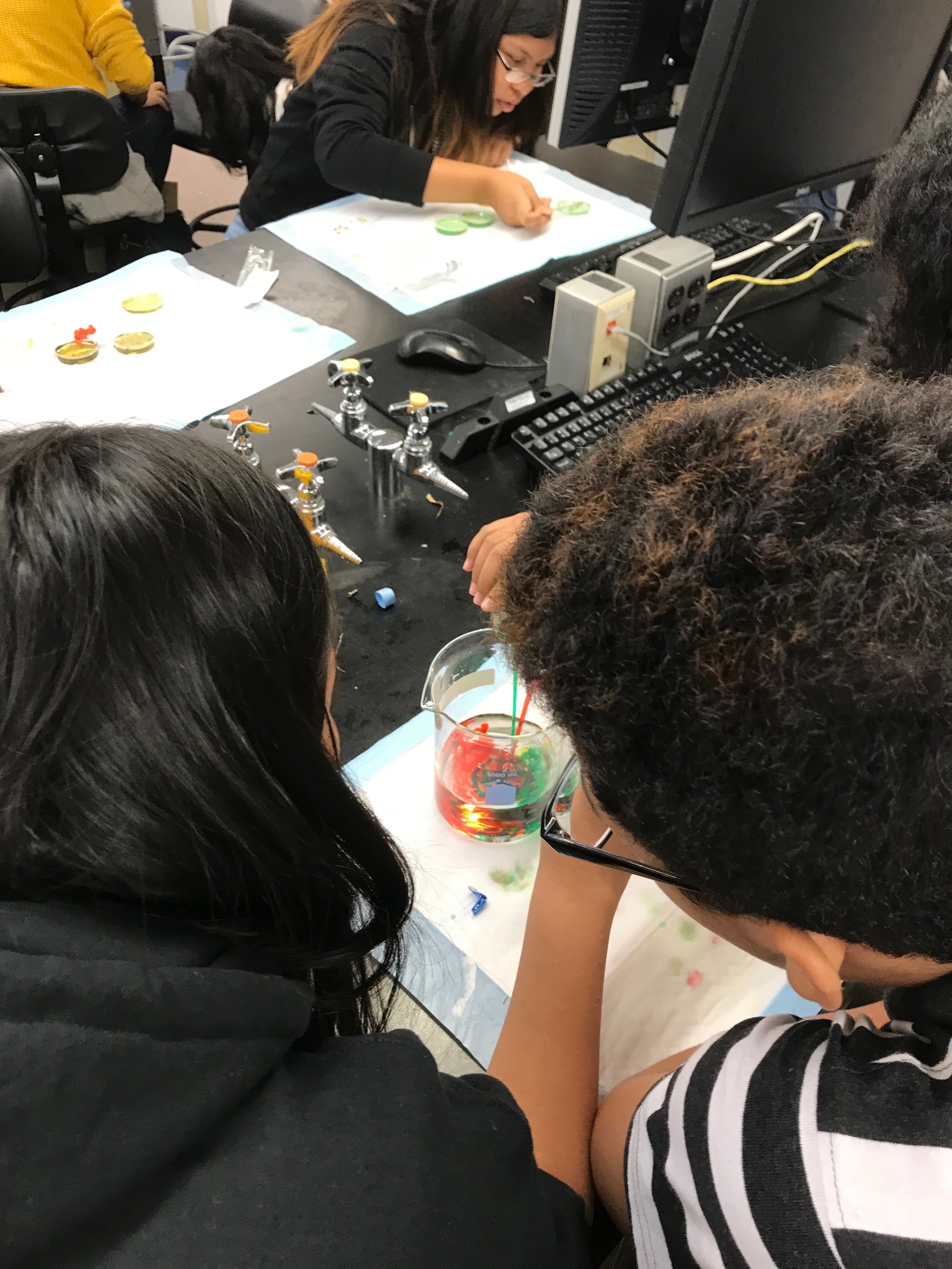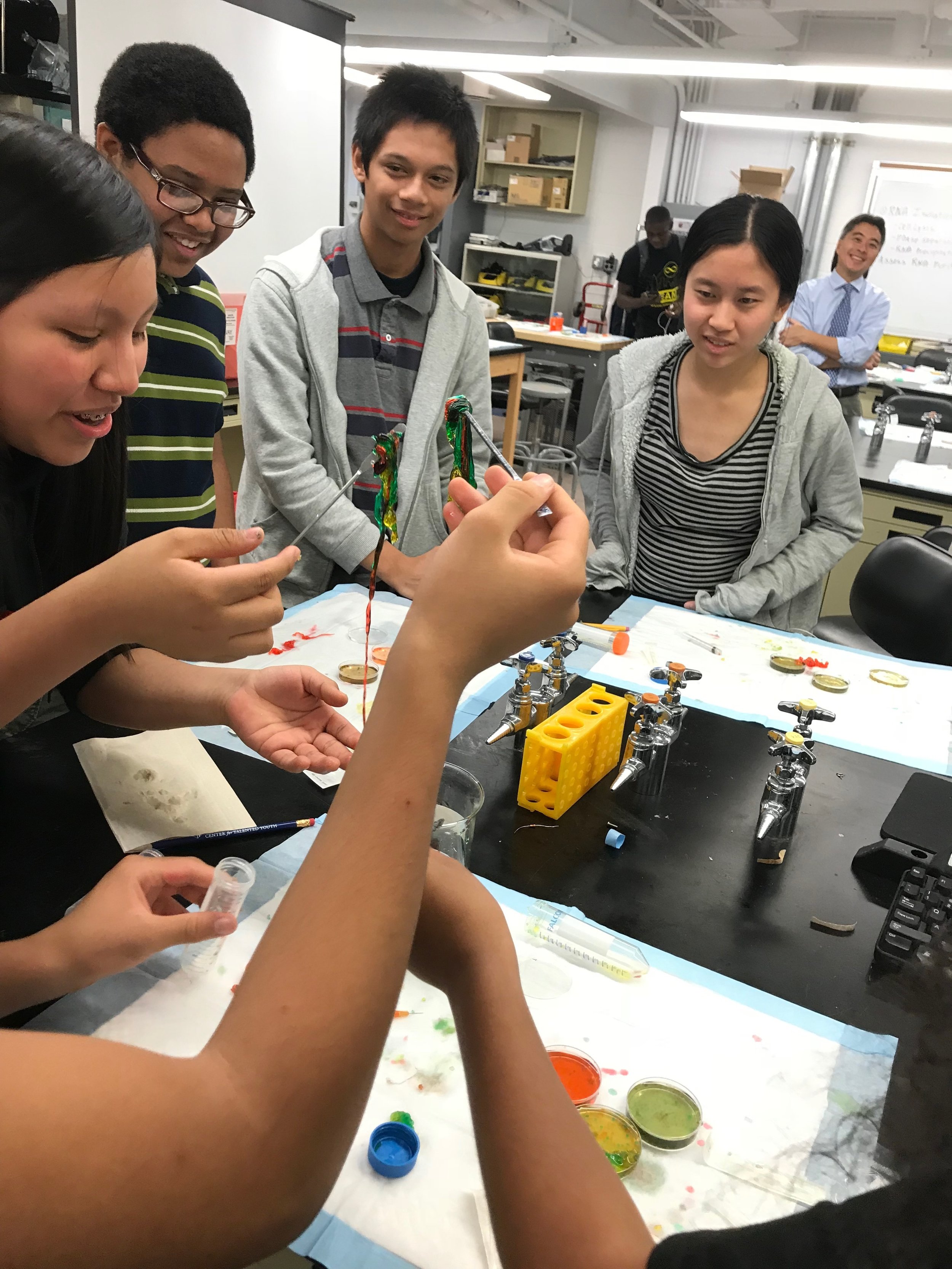Eben defended his thesis, titled “Modulation of Synoviocyte Mechanotransduction in the Osteoarthritic Environment” on Friday, December 7. He will be doing his post-doc at Maine Medical Center Research Institute. Congratulations, Dr. Estell!
Thesis Abstract: The synovium is a specialized connective tissue that encapsulates diarthrodial joints like the knee, maintaining a low-friction environment for the articulating surfaces within. This tissue plays a key role in homeostasis by regulating solute transport in and out of the joint, and secreting paracrine and lubricating factors into the synovial fluid. The predominant cell type in the synovium is the fibroblast-like synoviocyte (FLS), which resides on the intimal surface of the tissue and produces lubricating molecules such as hyaluronan. Because these cells directly face the synovial fluid and apposing tissue surfaces within the joint, they are exposed to a dynamic environment of mechanical stimuli generated during daily activity. This dissertation addresses the global hypothesis that FLS are mechanosensitive to distinct modes of shear stress generated in the knee during articulation, and that modulation of this sensitivity by chemical and physical factors of the osteoarthritic (OA) environment contributes to disease progression.
Previous work has demonstrated that fluid-induced shear stress, generated as synovial fluid redistributes within the capsule during articulation, is a relevant mechanical stimulus for FLS. Exposure of FLS to fluid shear has been shown to modulate downstream functions such as lubricant secretion and the release of degradative matrix-metalloproteinases as induced by the cytokine interleukin-1, the latter indicating a link between mechanotransduction and the inflammatory environment of OA. The first goal of this dissertation was to further elucidate the process of mechanotransduction by characterizing the upstream response of FLS to fluid shear, to determine the influence of interleukin-1, and investigate known potentiators of mechanotransduction as potential mechanisms of the observed cytokine modulation. The work presented herein demonstrates for the first time a robust calcium signaling response of FLS to fluid shear, a key upstream event in the mechanotransduction of physical stimuli. Furthermore, the modulation of key aspects of this response were significantly altered by pre-exposure to interleukin-1, indicating a pathologic modulation of normal mechanosensing in the OA environment. This modulation was observed in both juvenile bovine and human FLS from healthy and OA donors, and was found to be potentiated by increases in intercellular communication via gap junctions as well as modulation of the primary cilia of individual cells.
In addition to chemical factors such as cytokines, the degradation of cartilage itself produces a physical factor, in the form of wear particles, that perpetuates the OA disease state. As degrading cartilage surfaces continue to grind against each other within the joint, these particles are released into the synovial fluid and attach to the synovium. We have previously shown in a bovine model that attachment of cartilage wear particles (CWP) to FLS monolayers in static culture induces release of pro-inflammatory mediators of OA. The second goal of this dissertation was to employ a similar in vitro model with human FLS to confirm CWP modulation of downstream function in static culture, as well as calcium signaling response when exposed to fluid shear. To this end, we found that CWP attachment to human FLS monolayers induces similar pro-inflammatory release products as observed in bovine models in static culture, and significantly modulates the calcium signaling response to fluid shear.
In areas of the articulating capsule where apposing tissues slide in direct contact with each other, shear stress generated by these frictional interactions may provide a physical stimulus distinct from fluid-induced shear stress. In this case of direct interaction between surfaces, the tissue-level frictional properties may affect the magnitude of shear stress presented to the cells within the intimal layer. While previous work has characterized synovium friction properties in sliding contact against glass, relatively little is known of synovium tribology in native tissue configurations, the influence of pathologic conditions such as CWP attachment, or the consequences for mechanotransduction of FLS within the tissue. The third goal of this dissertation is thus to characterize the effect of CWP on both tissue-level mechanical properties and cell-level mechanotransduction under sliding contact. The work herein presents consistently low friction properties for synovium against other tissues within the joint such as cartilage and demonstrates a significant increase in these properties when CWP are attached. A novel bioreactor was developed to characterize the effect of sliding contact on downstream functions of FLS within explant tissues, where initial results indicated an increase in metabolic activity in FLS exposed to sliding contact against cartilage.
The research presented in this dissertation further elucidates the processes of normal synoviocyte mechanotransduction, and by demonstrating that key chemical and physical factors of the OA environment modulate both cell and tissue-level functional properties, sheds light on the mechanisms by which the synovium contributes to disease progression. This sets the foundation for future work into synovium mechanotransduction in response to distinct physical stimuli and the relationship with tissue-level mechanical properties, and points towards clinical interventions that seek to restore the normal mechanical environment of the joint.
